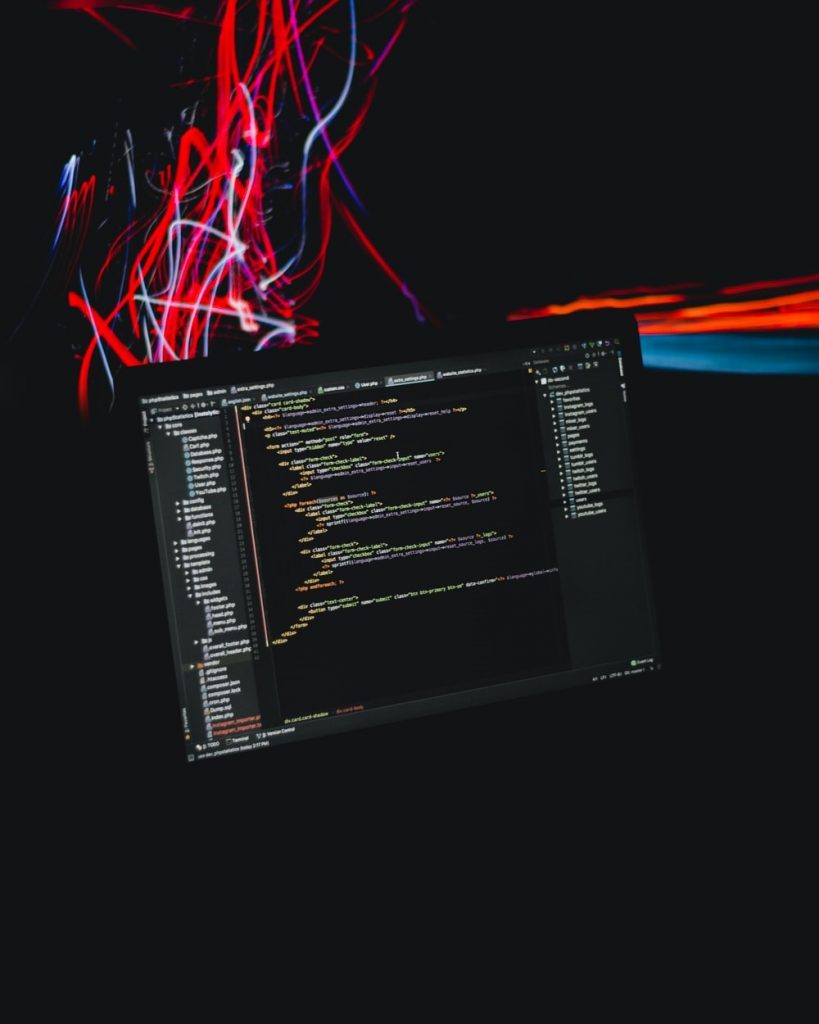AI, or artificial intelligence, has been one of the buzziest words in tech for the last few years. While many Sci-Fi movies of old pictured AI as actual humanoid robots (or as little Haley Joel Osment’s), the actual function of AI is quite different. Using machine learning, AI provides computers the ability to not only learn, but improve their functions and programming from experience without being explicitly told to do so. Whereas algorithms follow a set of steps and directions, AI uses patterns in data to make predictions and improve on past experiences. Where algorithms have “if this then that” scenarios (if you choose red as your favorite color the computer will provide you with pictures of red clothing items), AI actually learns from the choices you’re making (if you choose to watch Narcos on Netflix, they may suggest you watch Ozark or Breaking Bad next.)

Naturally, people across industries have been using AI to tackle complex problems that they face. From media buying to predicting the next piece of content on a YouTube queue, AI is at the forefront of solving some of the world’s greatest problems. It’s no wonder that many have turned to machine learning to see if it is the next big innovation in the fight against climate change.
Climate Change AI is an organization formed by volunteers from academia and industry who believe in using machine learning, where it is relevant, to help tackle the climate crisis. They recently published a research paper detailing a number of ways that machine learning and artificial intelligence could assist in reversing the effects of climate change. From how we get our electricity to how to manage forest fires, AI’s capabilities seem endless. And while machine learning can really benefit things like climate change models or monitoring bio-diversity, it still lacks the ability to do the thing that most climate change scientists and activists believe to be the most important of all: actually reducing carbon emissions to reverse the damaging effects of climate change.

It’s all well and good if we can use AI to manage epidemics, but if the root cause of global pandemics is linked to the side effects of climate change itself, modeling and managing quicker is just a band-aid on a bigger problem. It’s wonderful if we can use these technologies to assist in precision farming to manage weeds and other pests from ruining our food supply, but it means nothing if chemicals continue to be dumped on the soil, disrupting the soil’s ecosystem and in turn pumping CO2 into the sky. Climate-positive construction materials can be created using AI (as cement and other building materials account for 10% of all global GHG emissions), but if we don’t reign in construction that will be more detrimental to the environment after building due to the amount and types of energy it consumes, the problem isn’t gone, it’s just repackaged.
“Technology alone is not enough,” write the paper’s authors. “Technologies that would reduce climate change have been available for years, but have largely not been adopted at scale by society. While we hope that ML will be useful in reducing the costs associated with climate action, humanity also must decide to act.”

And how should we act? By reducing our carbon footprint, whether it’s direct air capture (DAC) technologies that capture CO2 in the atmosphere (AI can help with quickly identifying these materials), or even by using AI to plant trees (Arlitix has software that was developed to manage greenhouse but could easily pivot to managing national forests and assisting in AI replanting, release plant nutrients, or even catch deforesting arsonists before they act).
We should always remember that AI only works when a problem is identified, like “I want to model quickly how much energy a city needs in a year “or “I want to watch the best movies on the Internet based on my interests.” Once those points are identified, then software solutions can be written and begin solving problems at rates faster than the human brain. If we want AI to work with combating the effects of climate change, we need to ask ourselves, how can we really reverse the damage, and what can AI actually do to help reverse the damage instead of adapting to the problems that were already created.
 Food
Food Farmers
Farmers Sustainable Living
Sustainable Living Living Planet
Living Planet News
News